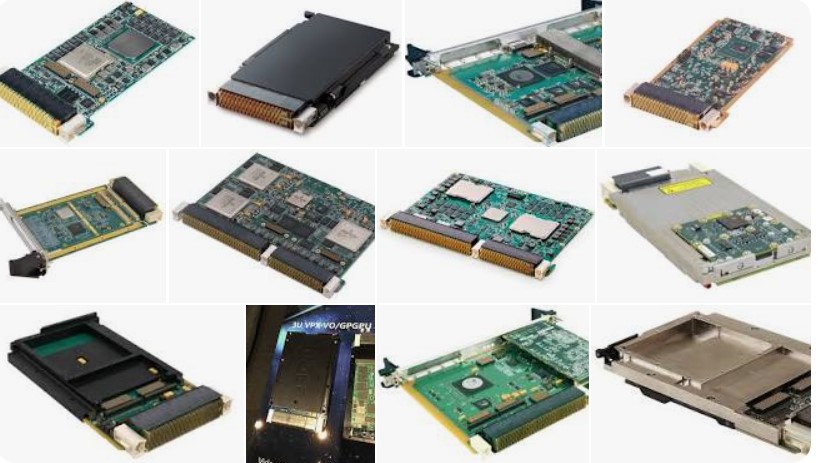VPX was intended to address shortcomings in scalability and performance of on
both side of the bus to bus bridging technology. The goal was to include newer
faster VMEbus standards and new generations of PCI bus standards. VPX computer
bus standard - V -VME and P -PCI and X the
extents for both buses standards.
The VMEbus International Trade Association (VITA) working group, formed in March
2003, was composed of companies such as ADLINK, Boeing, Curtiss-Wright, Elma Electronic, GE Intelligent Platforms, Kontron, Mercury Computer systems, and Northrop Grumman, it was designed with defense applications in mind, with an enhanced
module standard that enables applications and platforms with superior
performance. VPX retained VME's Eurocard form factors, which are based on multiples of three rack units: 3U means three rack units, and 6U six rack units. It supported PCI Mezzanine Card PMC) and XMC mezzanines (PMC with high-speed serial fabric interconnect), and maintaining the maximum possible compatibility
with VMEbus.
New generations of embedded systems reflected the growing significance of high speed serial switched
fabric interconnects such as PCI Express, RapidIO, Infiniband, 10 Gigabit Ethernet. These technologies are replacing traditional parallel
communications bus architectures for local communications,
because they offer significantly greater capability. Switched fabrics technology
supports the implementation of multiprocessing systems that require the fastest possible communications between multiple processors,
such as digital signal processing applications. VPX gives the existing base of VMEbus users access to these switched fabrics.

